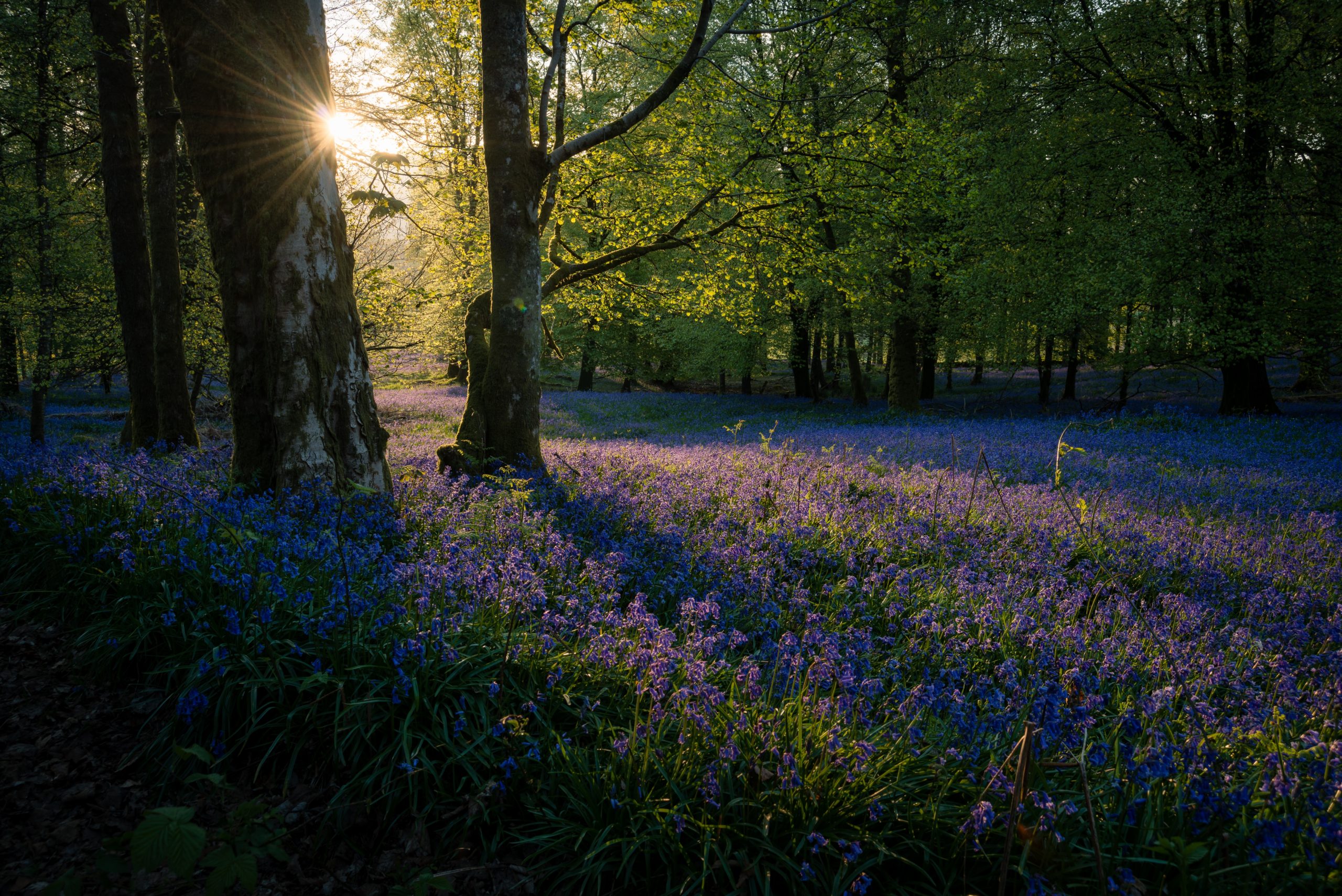
Street Food – Sausage with Peppers & Onions
There is something about this blustery weather that is putting me in the mind of tailgates (will explain in a sec), outdoor continental markets and the boldness of the Autumn cook-out party. In the more northerly of the US States cold, rainy or snowy weather is no reason why you should not stand outside (often around a keg of beer) to while away some spare time on a weekend or just for a get together. There is even a great (but may be fading) tradition of Tailgate Parties. These are usually before an American Football games or concerts where people gather hours before the event. The primary purpose is to nibble, sip and blab in order to a.) secure a great parking space, and b.) build up a good head of steam for the event. The back door of an estate car (station wagon) or a 4×4 (SUV) is called a “tailgate” and it is folded down to make an impromptu cooking or picnic area. I have seen some pretty impressive feasts being cooked in this way, whether on teeny BBQs, crock pots plugged into the cigarette lighters or even from chafing dishes with the little candles underneath. It is lovely to be all bundled up against the cold and wind eating something warm and tasty. And so enter my version of Sausage with Peppers & Onions.
Back in the days I was living in Boston, these would be served outside Fenway Park (home to Baseball’s Red Sox) but would be made with either a sweet or a hot Italian Sausage. Since those babies are a bit hard to come by in my current location, I took a page from my fabulous friend Jess’s book (who also happens to be my sister-in-law, lucky me) and go for the Bratwurst version instead. Jess once served me this combo on her BBQ pizza and its yumminess has haunted me ever since. Since Brats are much easier for me to come by and they have the added bonus of being fully cooked (to reduce any raw meat problems if you opt for this out in the wild), it happily wins my vote for great camping or tailgating alternative.
To begin you will want to get the onions, peppers (and mushrooms if you so desire) going. I like to melt about one good blob of butter in a pan (please don’t laugh at my dented £11 Ikea non-stick fry pan – it works just fine thank you).
Toss in some sliced onion, peppers and mushrooms…..
Sprinkle with some dried herbs (I think this was an Italian mix or maybe Herbs de Provence), and a very generous amount of salt & pepper. Toss to coat and try to leave it alone for a few minutes. Don’t stir continually or the veg won’t get to develop any colour or caramelise, but don’t let it burn either. Try for a good toss every few minutes but this will take about 20 minutes so try to be patient.
Now most sane people would remove the veggies from the heat at about this stage, but I was feeling wild…
so I continued until it cooked down to this pile of deliciousness! Now, you can remove it from the heat of the hob/stovetop but keep it in the pan for warmth. You can also pre-cook these and take along with you on your outdoor adventures and cook the Brats later. If you are feeling snazzy you could even keep them in a wide mouth Thermos so they will be warm in the wild.
Now, with my onions and peppers ready I could turn my attention to the Brats. For this stage I opted for a bit of vegetable oil as it has a higher smoking point and won’t burn like butter can at high temperatures.
Place the Brats (plural Bratwursts that get their name from the German verb “braten” which means to pan fry or roast – huh), into a very hot pan and let them do their thing.
A few turns later and they will develop some lovely colour.
Just before serving toast up a hearty roll and top with cheese. I forgot the picture of melting some optional cheese – my apologies.
And finally, pop the Brats into the toasted cheesy roll to be liberally stuffed with your pepper and onion mix. Now I am aware that this may not win any beauty contests but the flavour and the heartiness with counter that no problem. In Germany, Bratwurst is almost always accompanied by mustard – which is great, but for this I opted for a generous swipe with horseradish sauce and was not sorry in the least.
So on this cold October Saturday why not try this for something different, whether you are brave enough to head outdoors or in the coziness of your kitchen?
Auf Wiedersehen ….
















































